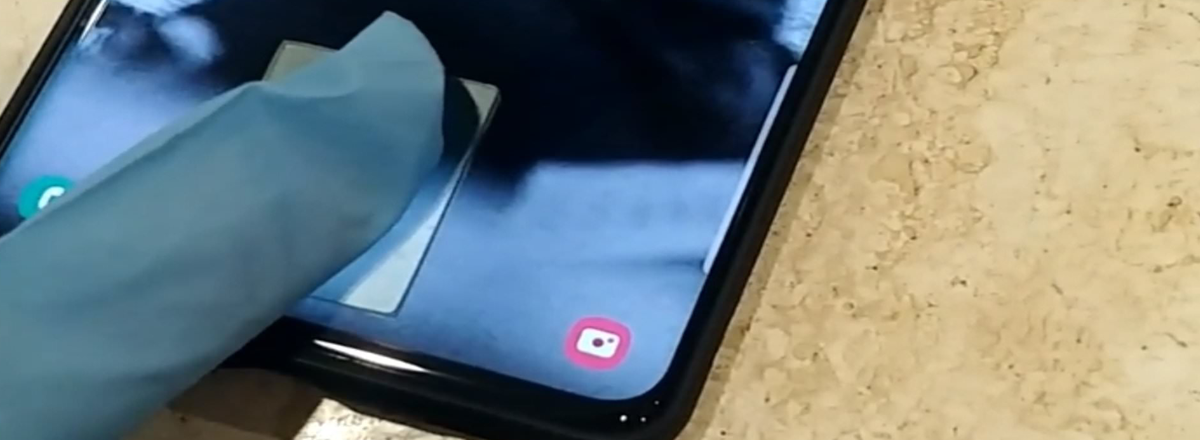Smartphone manufacturers are obsessed with various technologies in a good sense. Developing, implementing, and boosting the protection features for devices using biometrics are one of the top points today, but the fingerprint function remains the most common recognition technology. In previous testings researchers and amateurs managed to deceive the fingerprints sensors of various smartphones, and now flagship device Samsung Galaxy S10 with its display built-in scanner got to the list as well.
So, who is that smart one? The user of the service Imgur with the Darkshark nickname told and showed how he managed to pass the protection of the smartphone. To do this, he made a picture of his fingerprint from a wine glass, processed image in Photoshop, and finally, printed it on a 3D printer form the third attempt. The resulting copy of the fingerprint was good enough to deceive the scanner, and it approved the access. The whole trick took about 13 minutes.
The engineers of Samsung assert that the ultrasonic fingerprint scanner of Galaxy S10 can provide better protection for the device owners. And comparing to scanners on previous models of the flagship line, but the experiment of the Darkshark speaks for itself and cast doubt upon the absolute reliability of the new equipment. The major concern is that the fingerprint is widely used for entering bank applications and confirming payments, and if you have a 3D printer - it's not a big deal to forge a fingerprint.
By the way, last year a group of researchers from the United States used a neural network to generate universal fingerprints (a kind of "master key"), able to deceive dactylography sensors. This addition is based on the fact that most fingerprint sensors, including smartphones scanners, do not read the entire distinctive print of the applied finger, but only some part of the pattern and compare the drawing with partial, not with the full print you admit. In general, the picture on a finger-pads of every human is unique, some fragments can coincide infrequently, and such an occurrence allows to cheat the system. However, at the same time, some combinations of lines and loops of pad prints are more common than others, and the neural network was taught to distinguish and allocate such fragments.













